Culturally responsive teaching is essential in today’s diverse classrooms. It fosters an inclusive environment where students from various backgrounds can connect with the curriculum and each other.
Educators play a crucial role in building trust and forming relationships with their students, which is foundational for creating such an atmosphere. Understanding the cultural contexts of students allows teachers to adapt their instructional content, making learning more relevant and engaging.
Specific strategies that can enhance this inclusive approach include incorporating multicultural literature, using culturally relevant examples in lessons, and promoting collaborative learning experiences.
These methods not only enrich the educational experience but also empower students, helping them feel valued and understood within the classroom setting.
Understanding Cultural Contexts
Understanding cultural contexts is essential for engaging students effectively. Each student carries a unique blend of cultural narratives that influence their viewpoints and experiences. Recognizing these narratives allows educators to design lessons that resonate with students, fostering a sense of belonging.
Contextual relevance significantly enhances teaching; when educational material connects to students’ lives, it validates their experiences rather than merely imparting concepts.
Begin by gathering information about your students’ backgrounds, interests, and values. Inquire about their cultures and weave this knowledge into your lesson plans. This approach not only boosts engagement but also demonstrates genuine care for your students’ identities.
Incorporate examples from their cultural narratives in discussions, assignments, and projects to create a more inclusive learning environment.
Building Relationships With Students
Building strong relationships with students is essential for effective teaching and learning. Understanding the cultural backgrounds of each student lays the foundation for trust and respect in the classroom.
When students feel valued and understood, they’re more likely to engage in open communication. This connection not only enhances their learning experience but also cultivates a supportive and inclusive classroom environment.
Understanding Cultural Backgrounds
Understanding students’ cultural backgrounds is essential for building strong relationships in the classroom. Recognizing each student’s cultural identity fosters an environment where all individuals feel valued and included. Engaging with the communities of your students allows for a deeper understanding of their historical contexts and cultural traditions, which is vital for appreciating the diverse social dynamics influencing their lives.
Language diversity plays a significant role in this process. Some students may find it easier to express themselves in their native languages. Acknowledging this reality can help bridge communication gaps and promote openness.
Additionally, understanding the family dynamics that shape students’ experiences and viewpoints is crucial. Each family’s cultural beliefs impact how students approach learning and interact in the classroom.
Investing time to learn about these elements can greatly enhance your teaching practices and strengthen your connections with students. This commitment not only enriches classroom culture but also cultivates a sense of belonging among students.
When they see that you value their backgrounds, it creates a supportive environment where everyone can succeed.
Establishing Trust and Respect
Creating a classroom environment where students feel safe and respected is essential for effective learning. Establishing trust and respect requires deliberate actions and activities that nurture strong relationships. When students feel valued, they’re more likely to engage and thrive. Here are some practical strategies to achieve this:
- Engage in Trust Building Activities: Incorporate icebreakers and team-building exercises to foster connections among students. Such activities can help break down barriers and cultivate a sense of community.
- Implement Respect Building Exercises: Encourage students to share their cultural backgrounds and personal stories. This practice promotes understanding and appreciation for diversity, enriching the classroom experience.
- Model Respectful Behavior: Consistently demonstrate respect in your interactions with students. Acknowledge their thoughts and feelings, creating a safe space for open expression.
- Be Consistent and Fair: Establish and uphold consistent expectations and treatment for all students. Fairness builds trust, allowing students to feel secure in their learning environment.
These strategies not only enhance the classroom atmosphere but also contribute to the overall development of students, equipping them with the skills to navigate their educational journey successfully.
Encouraging Open Communication
Open communication in the classroom is vital for fostering strong relationships between educators and students. It requires deliberate action from teachers to create an environment where every student feels safe to express themselves.
One effective method is implementing dialogue circles, which encourage active participation and allow students to share their thoughts and experiences. Active listening is crucial; it demonstrates genuine care for students’ perspectives and helps educators recognize nonverbal cues that may indicate unexpressed feelings.
Establishing feedback mechanisms ensures that students feel acknowledged and promotes sharing among peers. Group discussions are beneficial for practicing conflict resolution skills and understanding diverse viewpoints.
Integrating cultural storytelling into lessons allows students to share their backgrounds, fostering empathy and nurturing a sense of community. These strategies not only enhance communication but also contribute to a supportive learning atmosphere where all voices are valued.
Incorporating Diverse Perspectives
Incorporating diverse perspectives into teaching enhances the learning experience and promotes an inclusive atmosphere where every student feels respected and valued.
Embracing cultural storytelling and perspective sharing enables students to forge connections with one another and engage with their education more deeply.
Here are some effective strategies to implement this approach:
- Invite guest speakers: Engage individuals from various backgrounds to share their unique stories and experiences. This practice offers students a valuable opportunity to learn about different cultures and viewpoints firsthand.
- Utilize multicultural resources: Select books, films, and materials that reflect a wide array of cultures and histories. This inclusion enriches the curriculum and ensures students can see aspects of their own identities represented.
- Encourage group discussions: Foster environments where students can share their personal stories and viewpoints. Creating these spaces not only boosts confidence but also nurtures empathy and understanding among classmates.
- Celebrate cultural events: Recognize and celebrate important cultural holidays or events in the classroom. This acknowledgment helps cultivate a sense of belonging and appreciation for the diversity present in the classroom community.
These strategies can significantly transform the educational landscape, making it more inclusive and engaging for all students.
Adapting Curriculum Content
Adapting curriculum content is essential for creating an inclusive and engaging learning atmosphere. This process involves selecting a variety of learning materials, opting for inclusive textbooks, and incorporating real-life scenarios. These strategies enable all students to see themselves reflected in their lessons, enhancing their understanding and fostering a sense of belonging in the classroom.
When educators choose diverse resources, they cater to different perspectives and backgrounds, ensuring that every learner feels represented. For instance, including literature from various cultures can spark interest and discussions among students, enriching their educational experience.
Furthermore, using real-world examples helps students connect academic concepts to their lives, making learning more relevant and impactful.
Diverse Learning Materials
Creating an inclusive classroom environment requires the use of diverse learning materials. Utilizing a range of resources acknowledges and values the unique backgrounds and experiences of each student, which is crucial for fostering a sense of belonging and community.
Here are some effective strategies to implement:
- Multicultural Literature: Select texts that represent the various cultures of your students. This approach not only promotes understanding but also encourages students to see themselves reflected in the stories they read.
- Visual Storytelling: Incorporate images, videos, and artistic elements to enhance engagement. Visual aids can present information in a more relatable manner, catering to different learning styles.
- Authentic Resources: Use real-world materials such as historical accounts and community partnerships. These resources help bridge the gap between classroom lessons and students’ real-life experiences, making learning more relevant.
- Technological Integration: Leverage digital tools to enrich learning experiences. Technology can facilitate experiential learning and provide global perspectives, enhancing students’ understanding of various topics.
Gathering student feedback on the materials used is crucial. This practice not only empowers students but also allows educators to adjust their approaches based on what works best for their class.
Embracing diverse learning materials cultivates a classroom culture where every student feels valued and included, ultimately enriching their educational experiences and fostering stronger connections among peers.
Inclusive Textbook Selection
Selecting inclusive textbooks is essential for developing a curriculum that acknowledges and reflects the diverse identities and experiences of all students. Choosing texts that feature multicultural literature ensures that every student sees their own identity represented in the stories and lessons they encounter. This representation nurtures a sense of belonging, helping students feel valued and understood within the classroom environment.
When you actively seek out diverse authors, you promote a variety of perspectives while encouraging empathy and critical thinking. Texts authored by individuals from different backgrounds offer insights into cultures, histories, and experiences that may be new to your students. This exposure can lead to meaningful discussions and expand their understanding of the world around them.
Inclusive textbooks also play a crucial role in challenging stereotypes and dispelling misconceptions, contributing to a more equitable learning environment. As you assess your curriculum, evaluate how the content of each textbook aligns with these objectives. Ensure that you’re incorporating voices that reflect the richness of your students’ identities.
Integrating inclusive materials goes beyond best practices; it signifies a commitment to cultivating a classroom where every student feels they’ve a place. By purposefully selecting textbooks, you create a more inclusive and engaging learning experience for all.
Real-Life Context Integration
Integrating real-life contexts into your curriculum enhances the learning experience by connecting abstract concepts to tangible experiences. This approach not only aids understanding but also cultivates a sense of belonging among students. Culturally responsive teaching thrives on establishing these connections through various strategies.
One effective method is engaging students in local community projects. This allows them to tackle real issues in their surroundings, illustrating the relevance of their studies. For instance, students might participate in a recycling initiative, gaining hands-on experience while learning about sustainability.
Organizing cultural immersion activities, such as field trips or virtual experiences, can expose students to diverse cultures. These encounters enable them to relate their learning to real-world scenarios, broadening their perspectives. A visit to a local museum or a virtual tour of an international landmark can be enlightening.
Inviting guest speakers from the community or industry can also enrich the learning environment. These experts share their experiences, making lessons more dynamic and relatable. For example, a local entrepreneur discussing their business journey can provide valuable insights into economic principles.
Incorporating real-world problem-solving exercises, such as case studies or simulations, empowers students to apply their knowledge to meaningful challenges. For instance, a simulation on disaster response can help students understand the importance of teamwork and strategic planning.
These strategies not only enhance educational engagement but also foster a more inclusive and relevant learning atmosphere.
Engaging Families and Communities
Engaging families and communities is crucial for fostering a culturally responsive classroom. Involving parents and caregivers creates a welcoming atmosphere where students feel a sense of belonging. Family engagement isn’t just a trendy concept; it’s fundamental to effective teaching practices.
Establishing partnerships within the community opens doors to valuable local resources that enhance the classroom experience. Cultural celebrations should extend beyond the school calendar; involving families in these events cultivates an inclusive environment.
Outreach programs can bridge the gap between home and school, offering opportunities for parental involvement that fortify support networks for students. Encouraging parents to share their diverse experiences and cultures enriches classroom discussions and affirms each student’s identity.
Establishing open lines of communication allows families to voice their thoughts, concerns, and suggestions. This collaborative approach not only enhances academic outcomes but also supports students’ social and emotional development.
When families and communities are actively engaged, everyone benefits, and the classroom reflects the rich diversity of our world.
Fostering an Inclusive Environment
Creating an inclusive environment is essential for every student to flourish in a culturally responsive classroom. An inclusive atmosphere fosters a sense of belonging, enhances classroom dynamics, and empowers students to express their identities freely.
Here are four effective strategies to cultivate inclusivity:
- Cultural Awareness: Promote conversations that honor diverse backgrounds, allowing students to share their unique experiences and viewpoints. This practice not only enriches the classroom experience but also helps students appreciate the varied perspectives of their peers.
- Equity Practices: Establish policies that ensure all students have equal access to resources and opportunities. This approach addresses power imbalances and helps to elevate voices that may otherwise be marginalized, creating a more balanced learning environment.
- Empathy Building: Engage students in collaborative activities designed to foster understanding and appreciation of different viewpoints. This strategy nurtures a culture of respect and social justice, encouraging students to connect with one another on a deeper level.
- Community Involvement: Collaborate with local organizations to provide resources and support that enrich the learning experience. This connection not only enhances identity exploration among students but also cultivates a stronger sense of community within the classroom.
Implementing these strategies can significantly enhance the educational experience for all students, making the classroom a more inclusive and engaging place to learn.
Encouraging Critical Thinking
Encouraging critical thinking in the classroom is essential for transforming students into active participants in their educational journey. This shift allows learners to engage deeply with content, fostering a richer understanding and enabling them to articulate their thoughts clearly.
Implementing Socratic questioning invites students to analyze ideas critically and share diverse perspectives, creating an environment where reflective dialogue thrives.
Integrating problem-solving activities and interdisciplinary projects helps students connect classroom knowledge to real-world scenarios, enhancing the relevance of their learning. These approaches not only encourage collaboration among students but also allow them to benefit from each other’s viewpoints.
Furthermore, student-led discussions empower learners to take charge of their education, promoting a sense of confidence and responsibility.
Incorporating critical media literacy into the curriculum is vital for teaching students how to analyze and evaluate information effectively. This skill is increasingly important in our information-rich world.
Engaging in these practices not only improves critical thinking abilities but also fosters a strong sense of community within the classroom. When students feel acknowledged and valued, they’re more inclined to participate actively, creating a dynamic and inclusive learning atmosphere.
Assessing Cultural Competence
To create a genuinely inclusive classroom environment, assessing cultural competence is crucial. This process involves evaluating your understanding of diverse cultures, recognizing your strengths, and identifying areas for growth. Implementing a comprehensive evaluation allows you to acknowledge any biases that may influence your teaching practices.
Consider these essential steps:
- Reflective Practices: Continuously assess your teaching methods and student interactions to pinpoint areas needing improvement.
- Identity Exploration: Actively encourage students to share their cultural backgrounds. This not only promotes a sense of belonging but also enhances community engagement.
- Inclusive Assessments: Develop assessments that incorporate diverse perspectives and experiences, ensuring every voice is acknowledged and valued.
- Feedback Mechanisms: Create avenues for students to provide feedback on your teaching approach. This enables you to make necessary adjustments to your pedagogical methods.
Continuous Professional Development
Continuous professional development plays a crucial role in enhancing educators’ cultural responsiveness in their classrooms. This ongoing learning journey is vital for fostering meaningful connections with all students, ensuring that diverse backgrounds are acknowledged and respected. Engaging in various growth opportunities can significantly bolster teaching effectiveness and student engagement. Below are practical methods to enhance your skills in this area:
| Development Method | Description |
|---|---|
| Mentorship Programs | Collaborate with seasoned educators for insights and support. |
| Collaborative Workshops | Work alongside colleagues to exchange effective strategies. |
| Online Courses | Participate in diverse training focused on cultural relevance. |
| Reflective Practices | Consistently assess and refine your teaching approaches. |
| Community Partnerships | Establish connections with local organizations for additional resources. |
These methods not only promote personal growth but also contribute to a more inclusive and supportive learning environment for all students.
Conclusion
Culturally responsive teaching is a crucial approach that enhances the educational experience for all students. It involves recognizing and understanding the diverse cultural backgrounds of students, which fosters a more inclusive and engaging learning environment. Building relationships with students and their families, alongside incorporating various perspectives into the curriculum, enriches classroom dynamics and empowers learners to succeed.
Adapting educational content to reflect students’ cultural contexts is vital. Engaging with families can strengthen the support system for students, making them feel more connected to their learning. Fostering an inclusive atmosphere encourages all students to express themselves and participate actively. Promoting critical thinking skills and committing to ongoing professional development enables educators to refine their teaching practices continually. Embracing these elements transforms the classroom into a vibrant community where every student feels valued and inspired to thrive.

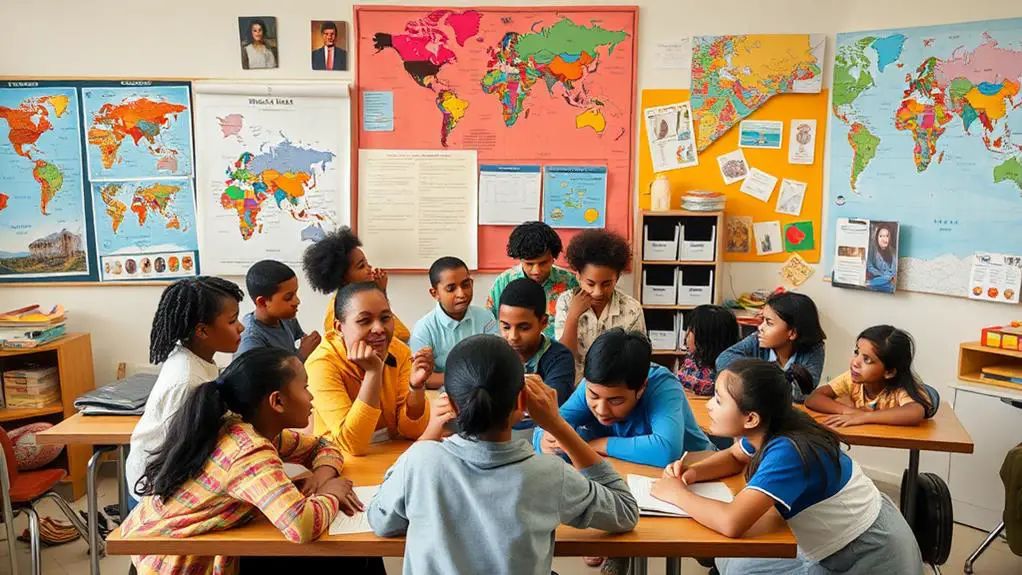
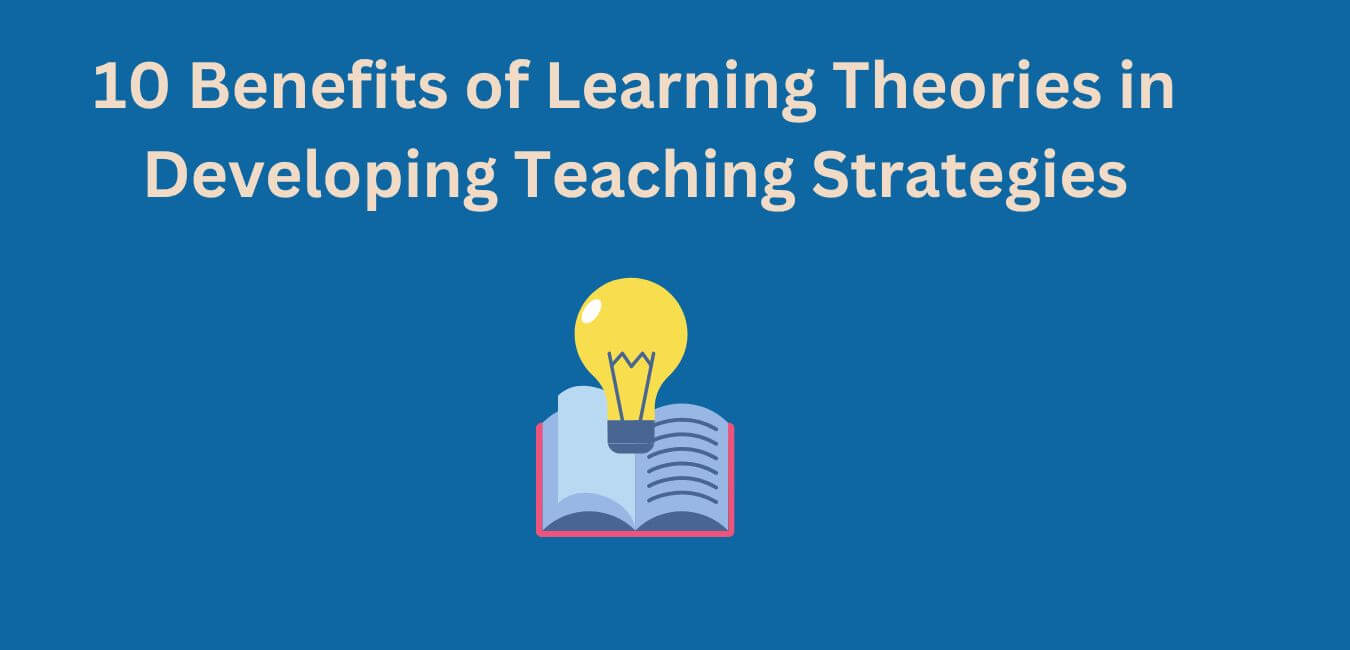
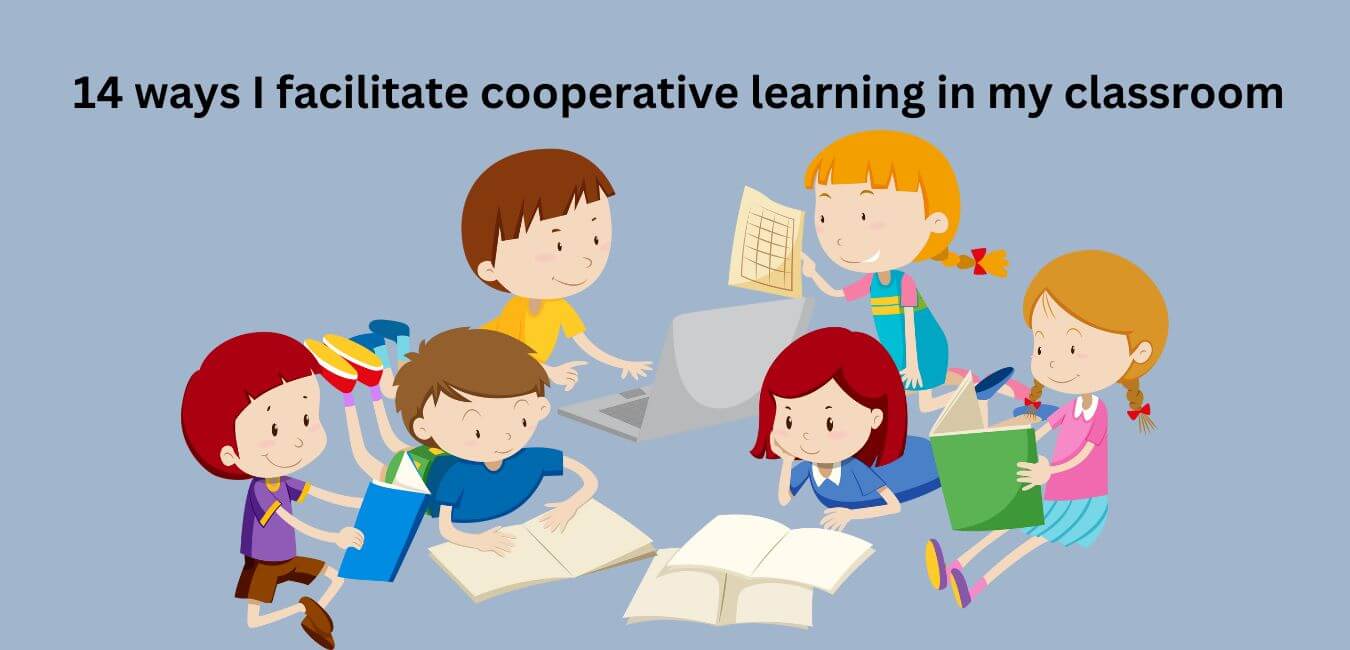
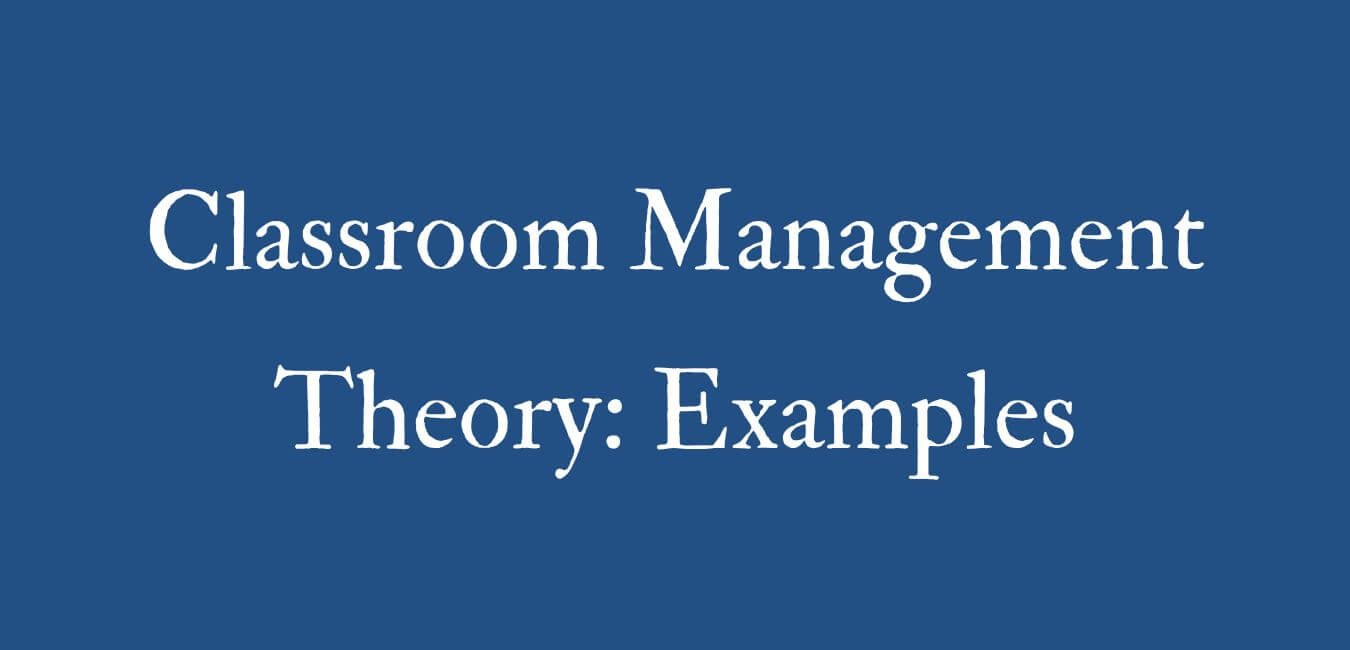
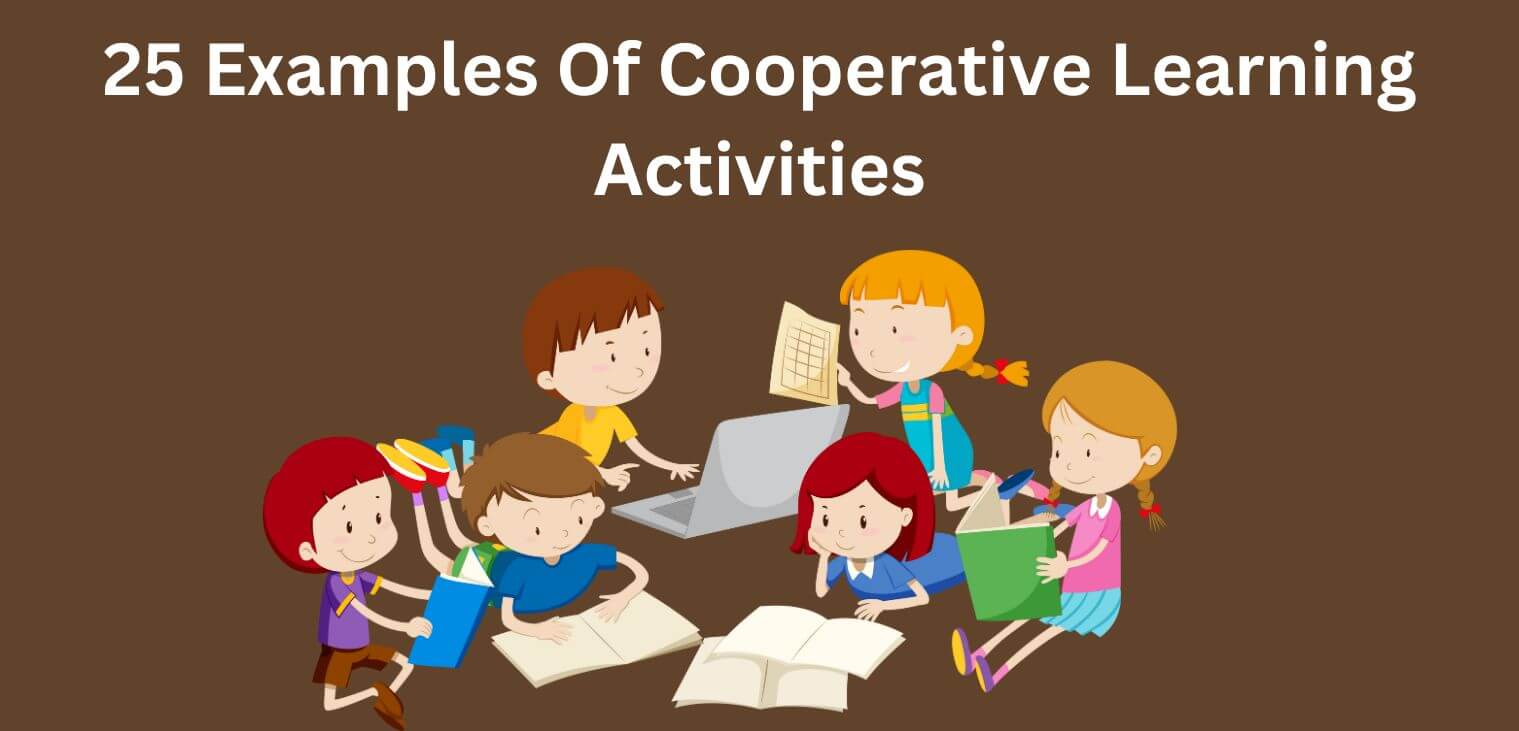
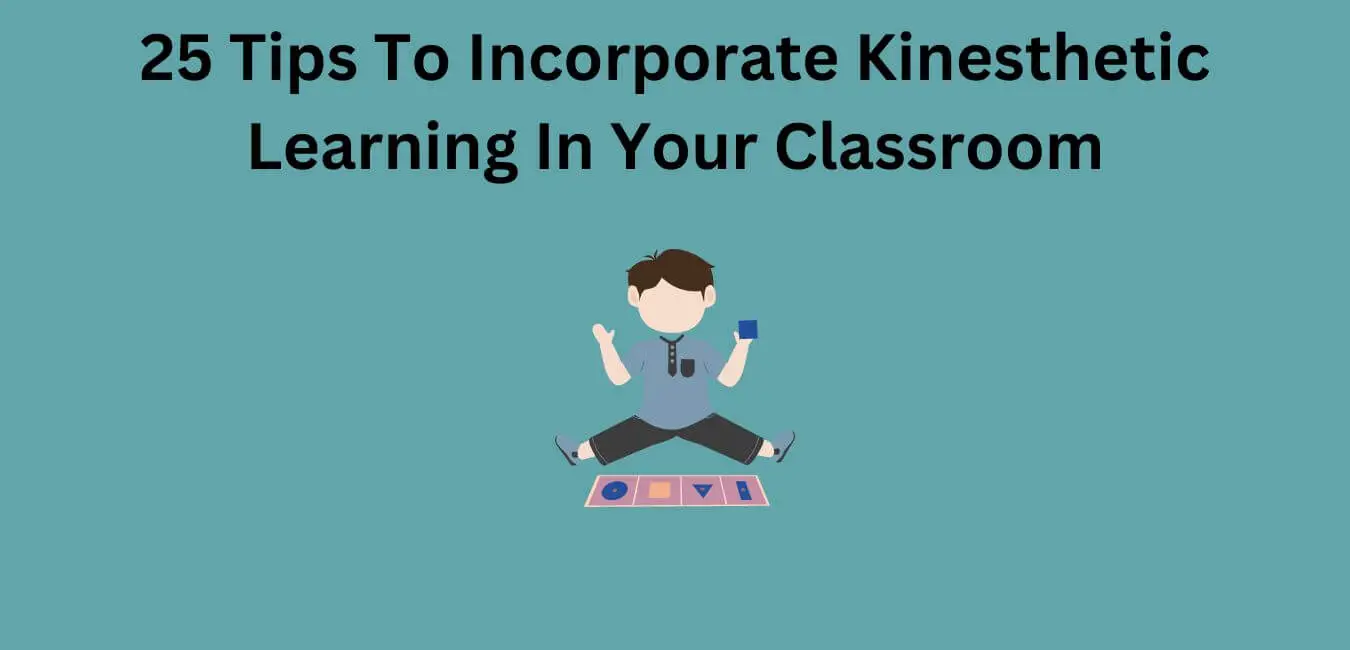
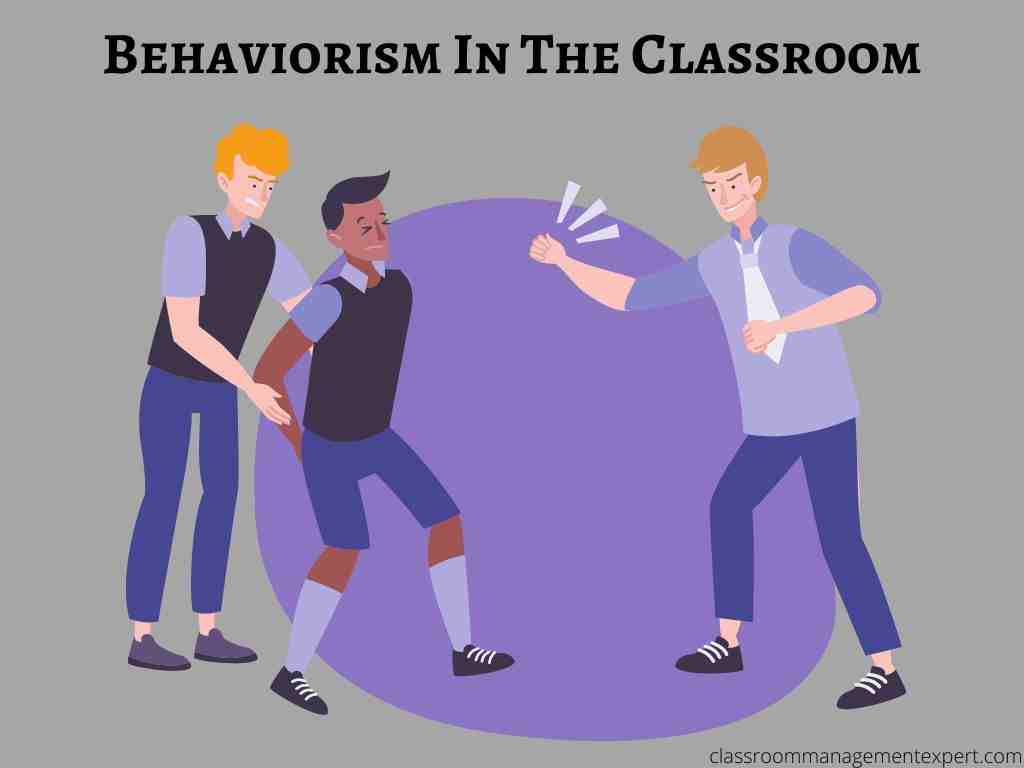
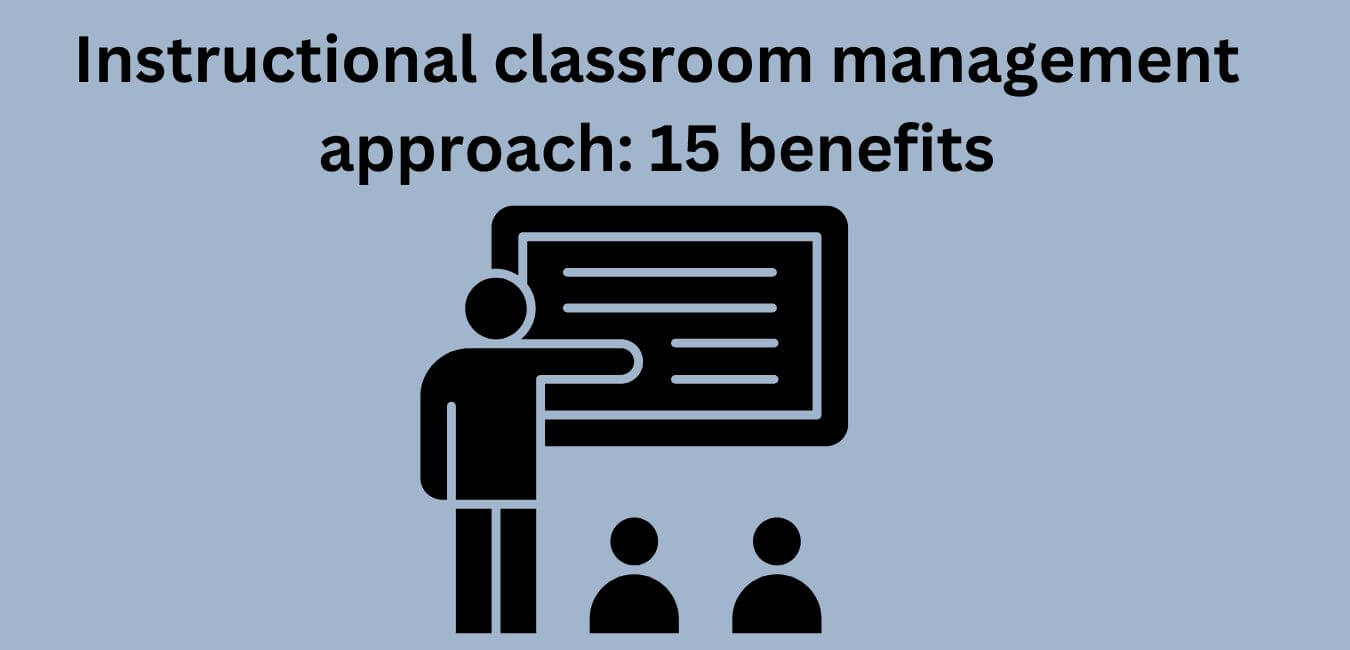
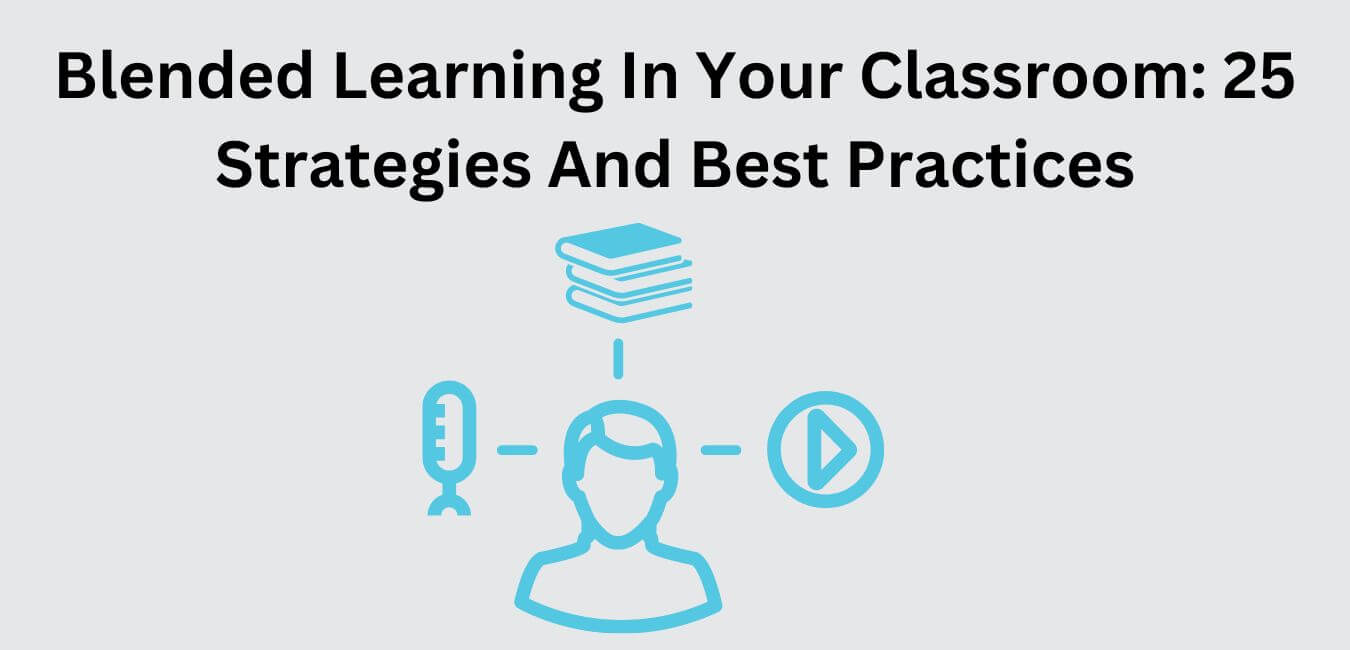
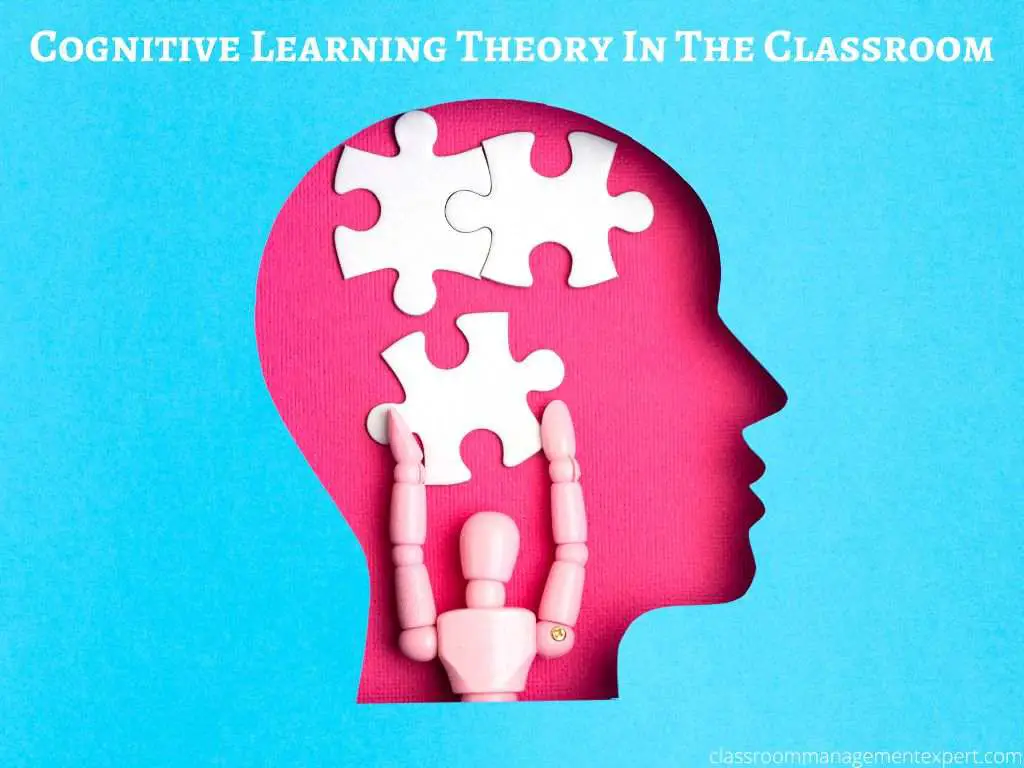




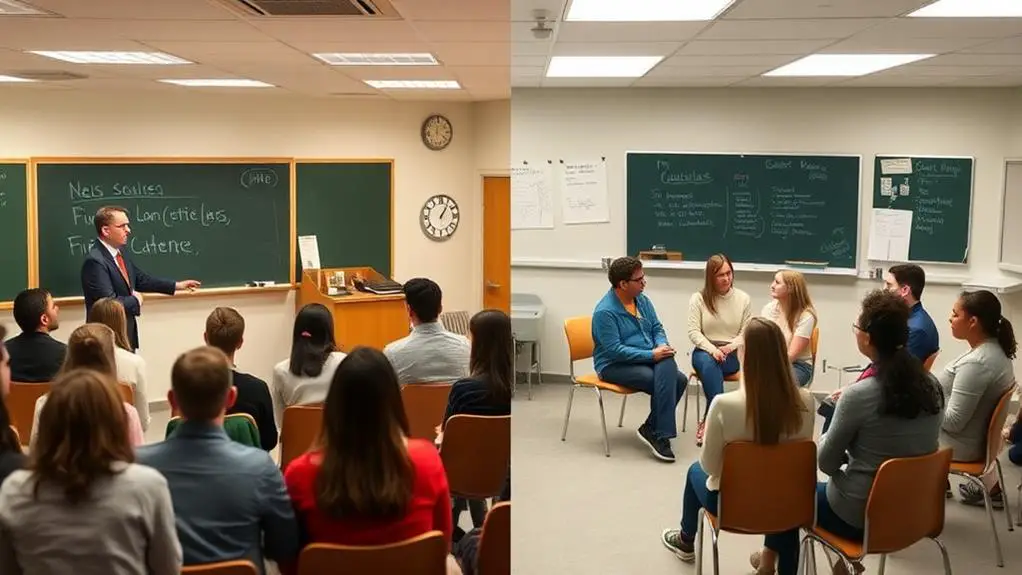
Leave a Reply